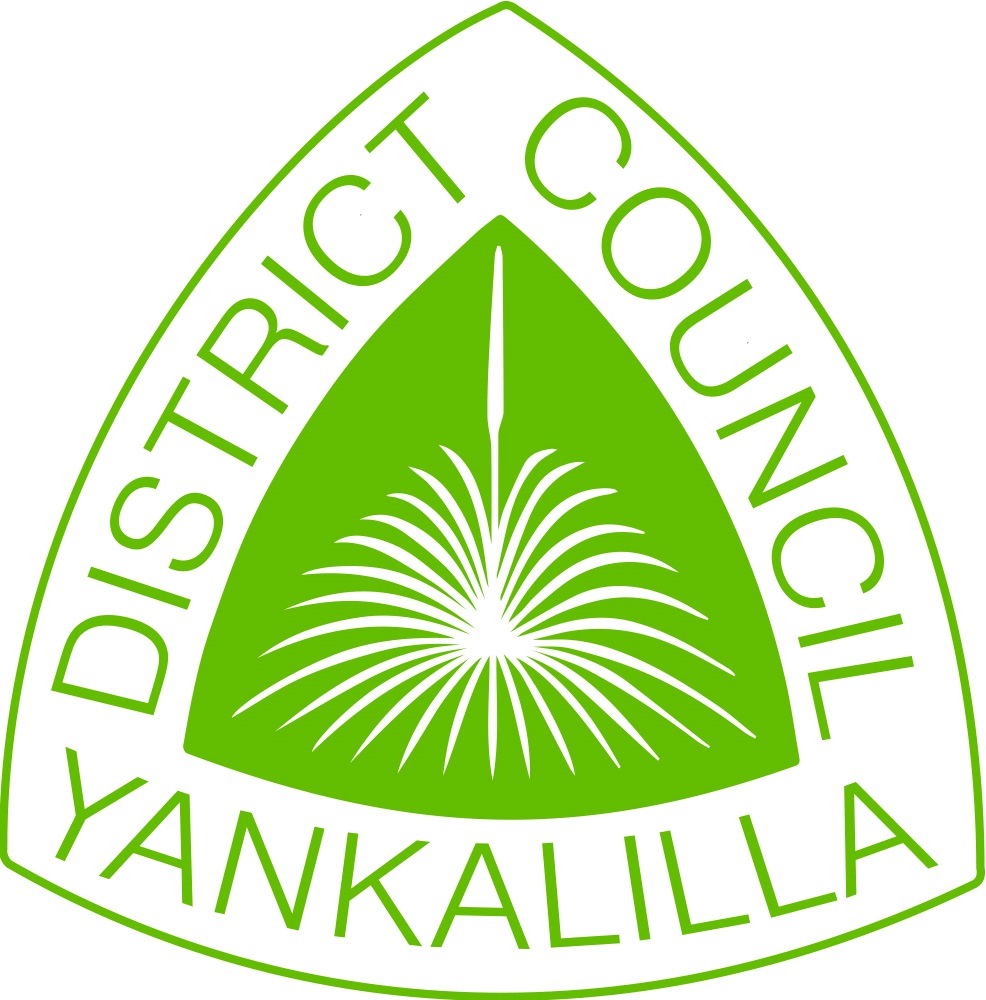Animal Management Plan
The District Council of Yankalilla has an Animal Management Plan. This Plan was adopted by Council in in 2019 and will be implemented from October 2019.
The Plan details the many responsibilities of Council staff and services provided to our dog and cat owner community. Information regarding exercising controls, legislative expectations and details on "What Council will do" can be found within its colourful pages.
Over the coming 5 years, Council is implementing an action plan to achieve the five key result areas of the Animal Management Plan. The action plan will details what tasks and actions will be carried out, by whom, when and how its success will be measured.
The five key result areas are to:
- Promote the community benefits of pet ownership
- Create a sustainable "Pet-friendly" environment
- Provide a strong regulatory framework
- Encourage good animal behaviours
- Encourage lifetime identification
Should you have any queries regarding the Animal Management Plan, please contact our Team Leader Regulatory Services on 8558 0200.
Animal Management Plan (5107 kb)
(5107 kb)
Dogs and Cat Management Act
What is the Dog and Cat Management Board (DCMB)?
The Board was established in 1995 under the Dog and Cat Management Act and works closely with key partner organisations and State Government to improve dog and cat management in South Australia.
The Board oversees the administration and enforcement of the Dog and Cat Management Act 1995 and Dog and Cat Management Regulations 2017
The objects of the Act are:
- to encourage responsible dog and cat ownership
- to reduce public and environmental nuisance caused by dogs and cats
- to promote the effective management of dogs and cats (including through encouragement of the desexing of dogs and cats).
The role of the Board is to:
The Board is a state government statutory body whose responsibilities include planning for, promoting and providing advice on dog and cat management practices. It oversees the administration and enforcement of the state’s dog and cat management laws.
The Board's expertise, research results and best practice knowledge, ensures South Australia's regulatory and legislative framework is reviewed and amended to improve dog and cat management across South Australia.
The Dog and Cat Management Board meets on the fourth Tuesday each month, except in January. Board meetings and workshops alternate every second month. The Board regularly holds its meetings at metropolitan and regional council offices.
Reforms to the Act - keep informed
The Dog and Cat Management Act was reviewed in 2022. Visit this page for information about the review.
Stay informed. Visit the Dog and Cat Management Board's website for latest information.
Information
The Dog and Cat Management Board website holds up-to-date information regarding dogs. If you cannot find the information you need, please contact our friendly Customer Experience Team on (08) 8558 0200 Monday - Friday 9am to 5pm.
Dog and Cat Registrations
Please refer to Dog and Cat Registration
Exercising your Dog
Please refer to Exercising Dogs in the District for information on:
- where and how dogs can be exercised within our District
- what "effective control" means
- where to find our Dog Poop Bags.
Restricted Areas
Exercising Dogs on our Beaches
Restrictions where (and how) dogs can be exercised are detailed at Dogs on Beaches
Exercising Dogs in our Reserves
The following reserves require dogs to be kept under effective control and on a leash AT ALL TIMES.
- Apex Park
- Banksia Park
- Johnson and Katherine Drive Reserve
- Lions Yankalilla Youth Park
- Robert Norman Reserve
- Second Valley Playground
- Tuna Crescent Reserve
- North Bay Car Park to Haycock reserve
- Other reserves as signed.
Refer also to:
Council's By-Laws
Barking Dogs
Barking is a natural way for dogs to communicate. However excessive or persistent barking can be a nuisance to neighbours.
Different people have different tolerance levels for barking, what one person considers a nuisance may not be a nuisance to someone else. Barking can occur when a dog is excited; stressed; bored; lonely; provoked; hungry; sick; or in discomfort.
Excessive barking may also result from lack of exercise, inadequate shelter or yard space, moving house or a change to the family’s structure. A dog may also bark to give a warning, seek its owner’s attention, protect its territory, announce the arrival of visitors or respond to a distant sound or signal.
Before you make a complaint to Council we suggest you try and work this through with your neighbour. Dog owners may not be aware that their dog is barking or that there’s a problem because their dog mainly barks when they are away from home.
Communication between neighbours and early intervention often helps in preventing the issue escalating. When talking to your neighbour it is helpful to have some information of the barking problem, such as when the barking happens and any factors that contribute to the barking such as the postman riding past, or someone walking past the house.
If you are uncomfortable talking to your neighbour, Council have a Dear Neighbour Letter (40 kb) that you can fill out and put into your neighbours letter box. This letter can be anonymous or you can include your details.
(40 kb) that you can fill out and put into your neighbours letter box. This letter can be anonymous or you can include your details.
For further information, refer to the fact sheet from the Dog and Cat Management Board.
